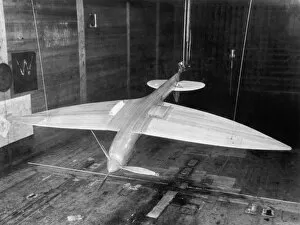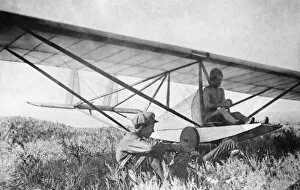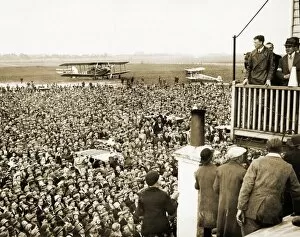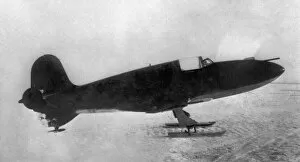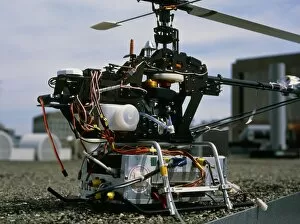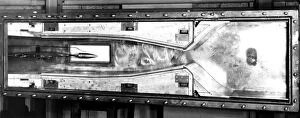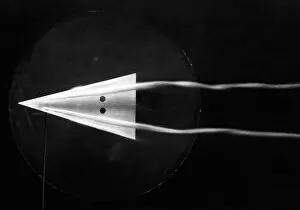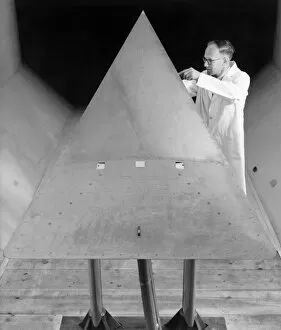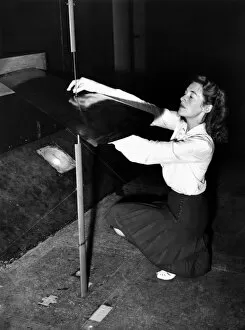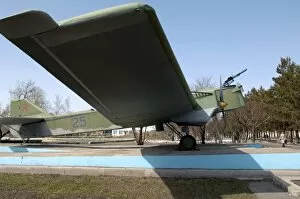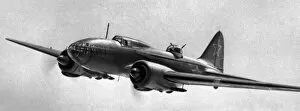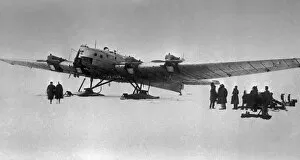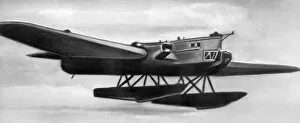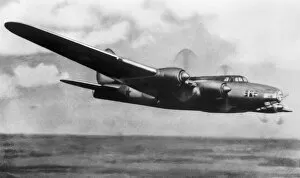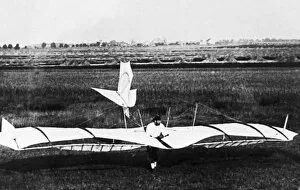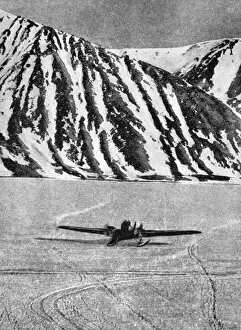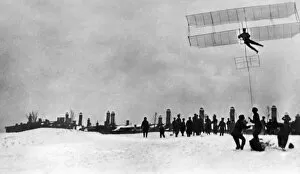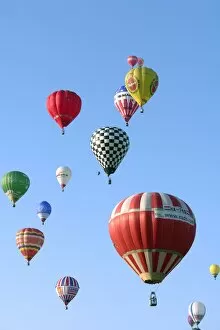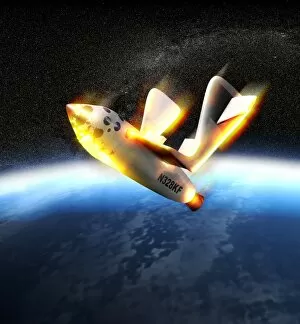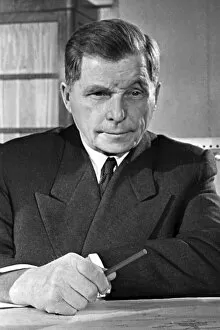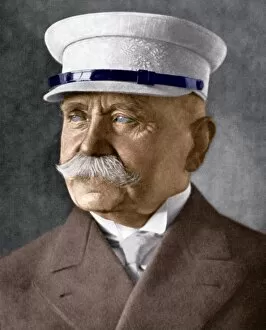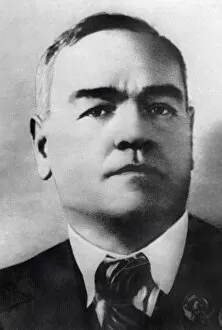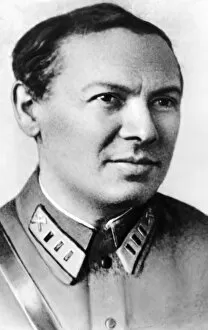Aeronautics Collection (#76)
"Aeronautics: A Journey through Aviation History" "Back Them Up
For sale as Licensed Images
Choose your image, Select your licence and Download the media
"Aeronautics: A Journey through Aviation History" "Back Them Up. Join the RAF and Defend Your Skies - WW2 Poster" Experience the heroic spirit as brave pilots take to the skies in defense of their nation during World War II. "Discover the Thrills of Flying with Portsmouth, Southsea & Isle of Wight Aviation - Vintage Poster" Embark on an exhilarating adventure as you explore the scenic beauty from above with this aviation company's remarkable flying experiences. "Leonardo Da Vinci's Helicopter Design: Unveiling Genius in Aeronautics" Marvel at Leonardo Da Vinci's visionary mind as his centuries-old helicopter design showcases his pioneering contributions to aeronautical engineering. "Royal Air Force Display: Witness Gravity-Defying Feats at Hendon. " Prepare to be awestruck by jaw-dropping aerial displays performed by skilled RAF pilots, showcasing their mastery over the art of flight. "International Air Display and Races: Where Speed Meets Spectacle. " Immerse yourself in an adrenaline-fueled extravaganza featuring thrilling air races and breathtaking aerobatic performances that will leave you breathless. "Schneider Trophy Contest Program Cover: Celebrating Excellence in Aeronautic Innovation" Step into history as you delve into this prestigious contest, which pushed boundaries and inspired groundbreaking advancements in aircraft design. "Mohawk Airlines' Sikorsky S-55 N424A: Soaring Above Boundaries" Witness Mohawk Airlines' cutting-edge helicopter model take flight, symbolizing progress and innovation within the ever-evolving field of aeronautics. "Zeppelin to South America: Embark on an Epic Transcontinental Journey. " Uncover tales of daring exploration aboard Zeppelins, defying limits and connecting continents through awe-inspiring feats of aeronautical engineering. "Air Race for the King's Cup.



